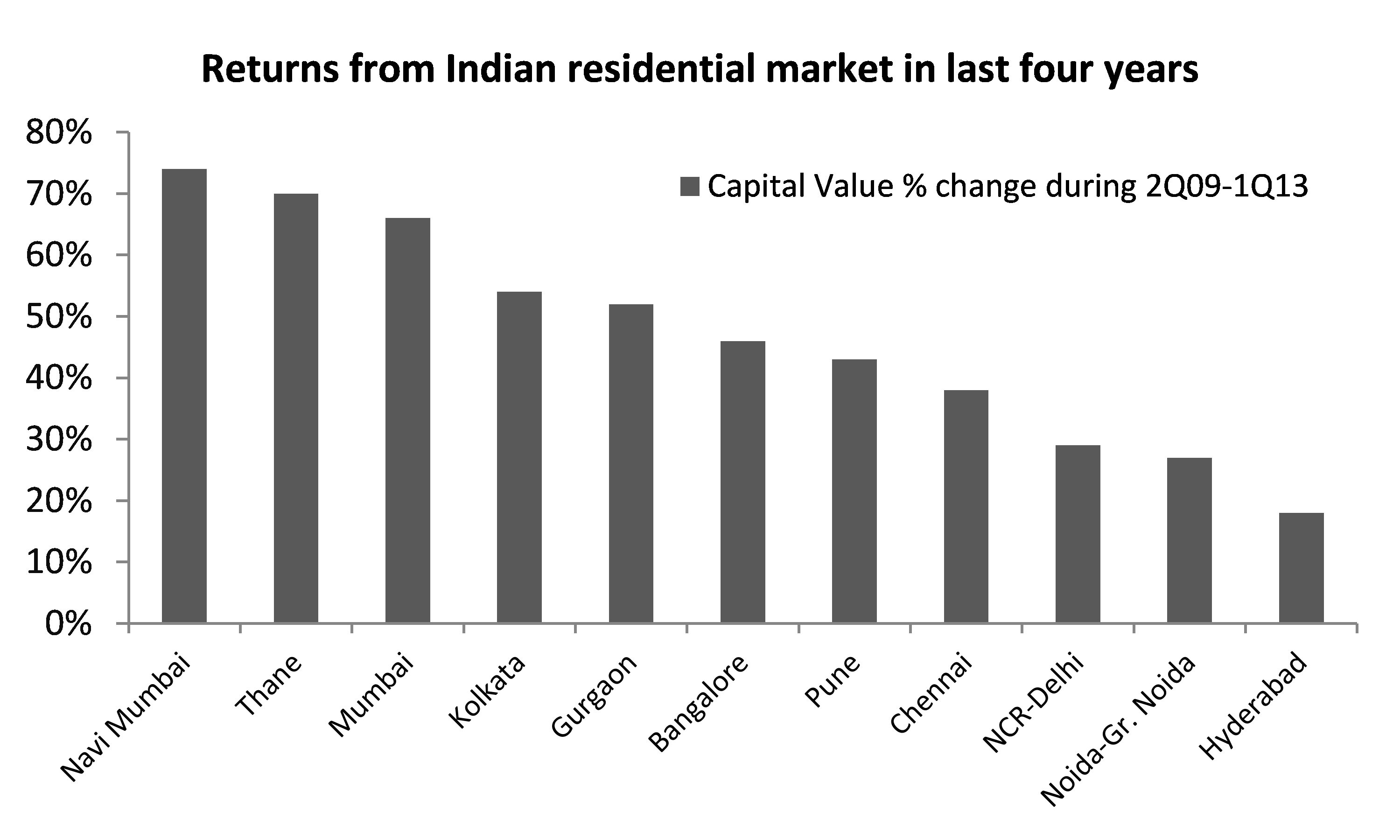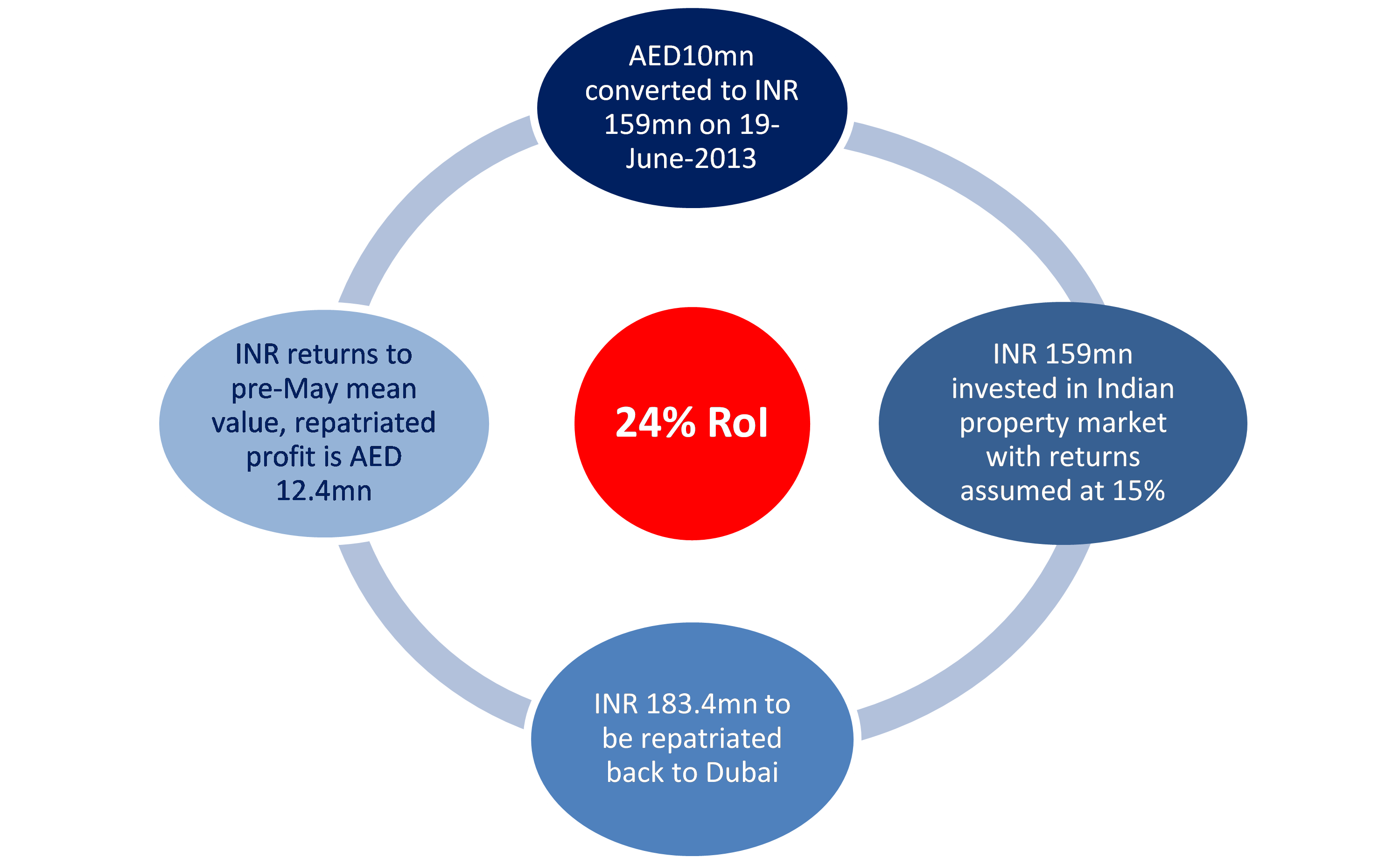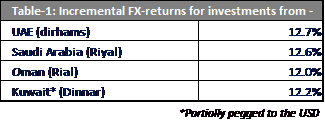 Dubai, which is touted to be the most popular and world-class property investment destination in the Middle East, has started to witness a recovery of its property market post the financial crisis. In 2012, real estate prices recovered for the first time, growing by 10% y/y, according to the Dubai Land Development (DLD) authority’s data and as quoted in various regional media. Real estate transactions in Dubai had increased by 8% to Dh154 million in 2012.
Dubai, which is touted to be the most popular and world-class property investment destination in the Middle East, has started to witness a recovery of its property market post the financial crisis. In 2012, real estate prices recovered for the first time, growing by 10% y/y, according to the Dubai Land Development (DLD) authority’s data and as quoted in various regional media. Real estate transactions in Dubai had increased by 8% to Dh154 million in 2012.
Not surprisingly, this recovery is backed by huge investments been made by expatriates, particularly from India. Non-resident Indians (NRIs) are comfortably amongst the top five investor communities in the region. With their natural affinity towards India, and against the depreciation of the Indian rupee against the US dollar, could the NRI community’s real estate investment decisions be changing in favour of the Indian market?
For Indian real estate, general perception amongst buyers/investors is that prices have increased dramatically over the last few years. Immediately following the Lehman-collapse period, Indian property prices witnessed significant increases – averaging ~40-42% across all major markets (as per Jones Lang LaSalle India’s Real Estate Intelligence Service data – see chart below )
Even in cities like Mumbai, where capital values are already high, returns stood at 66% during the same period. As against this, DLD data for Dubai suggests property prices witnessed a 65% slump in the four-year period prior to 2012, thereby justifying the question whether a 10% rally in 2012 is actually all that significant
More recently, the Indian rupee (INR) has seen ~12.0% depreciation against the US dollar since the start of May till June 2013, thereby forcing its value down against all other currencies pegged to the US dollar – including the UAE Dirham (AED). As a consequence, the Indian rupee has also depreciated against the AED by ~12.0% during the same period.
A simple back of envelope calculation suggests that if a Dubai-based NRI invests AED 10mn in the Indian real estate now (INR/AED at 16.4), and assuming only conservative returns of 15% from Indian real estate in the near-term, the investor could expect repatriated returns of over 27% assuming that the INR returns to its pre-May mean of 14.8/AED (see diagram).
Merely the incremental return of ~12.0% owing to exchange rate fluctuation is comparable to the 10-12% of total returns expected by DLD in the near-term from investment in Dubai real estate. Similar incremental returns can be expected from investments made by NRIs from other parts of the Middle-East where the local currency is mostly pegged to the US dollar (see Table 1).
It could be argued that expatriate Indians may be favouring Dubai over Indian real estate on the basis of socio-economic and other factors. According to media sources, Indian investors were buying properties in Dubai as it offers relative political stability, world class infrastructure, tax benefits, attractive prices and geographical proximity. Also, Dubai’s economy has been recovering since last two years, growing by 4.4% and 3.4% in 2012 and 2011, respectively.
However, a recent survey conducted by Sumansa Exhibitions, organisers of the successful annual event called the India Property show in UAE, portrays a different picture. The survey possibly reveals that NRIs place a higher intrinsic value on property owned in India over that of property owned in Dubai or elsewhere.
Apart from strict visa rules in the Middle East region, there are certain regulatory obstacles in buying a property in the Emirates. These are also other critical factors that can help sustain NRI interest in Indian property market – including:
- The higher economic growth in India
- Improving infrastructure and renewed political focus on timelines for new infrastructure initiatives
- Rising demand for commercial space in the market (leading to job creation)
- Social infrastructure
- Price trends.
Putting these findings into perspective, the recent fall in the Indian rupee could potentially act as a trigger for the NRI community in the Middle East to switch focus towards properties back in India.



